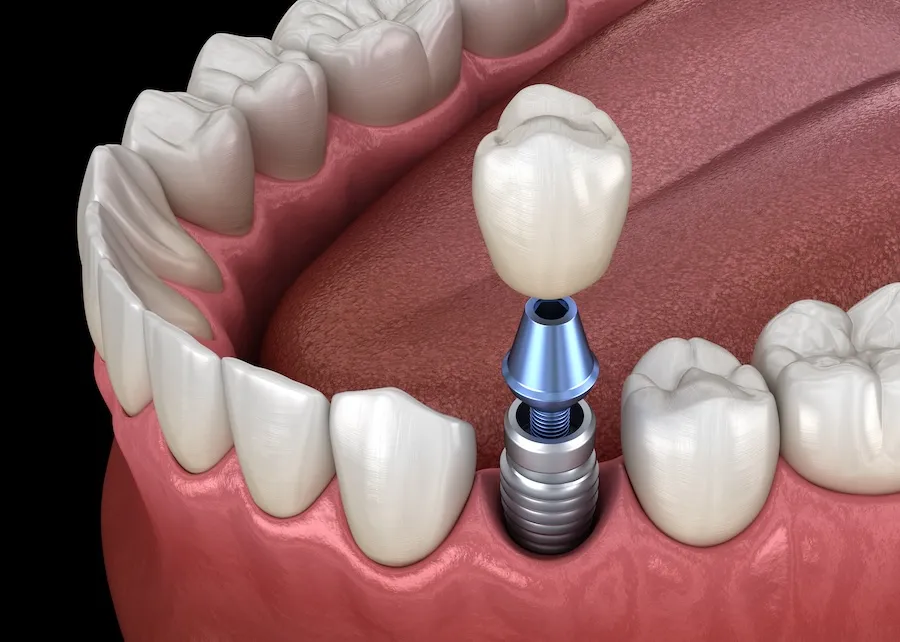Body Sculpting Myths Debunked Separating Fact from Fiction
Body sculpting has gained popularity in recent years as a way to enhance physical appearance and boost confidence. Many people are curious about what it involves and seek to understand the process. Here is more information about the basics of body sculpting, its different types, risks, and benefits.
What Is Body Sculpting?
Body sculpting, or body contouring, refers to non-invasive or minimally invasive cosmetic procedures that aim to reshape, contour, or define areas of the body. It’s not intended for weight loss but focuses on improving body aesthetics. By targeting stubborn fat or enhancing skin elasticity, body contouring helps individuals better achieve their desired appearance.
Body sculpting works by addressing specific areas where fat or sagging skin is difficult to reduce through diet or exercise. These procedures are designed to provide enhancement rather than replacement for a healthy lifestyle. The methods can vary depending on the goals of each treatment.
What Are The Different Types?
Non-invasive body contouring technologies offer various solutions tailored to individual needs. Cryolipolysis works by freezing fat cells to reduce stubborn fat deposits. Ultrasound technology uses focused sound waves to disrupt fat cell membranes, aiding in fat reduction. Radiofrequency (RF) energy targets skin and fat layers, promoting skin tightening and fat reduction through controlled heating. Electromagnetic stimulation devices focus on muscle toning by inducing high-intensity muscle contractions.
Each type serves a distinct purpose and targets specific areas of the body. It helps to choose an option suited to individual goals while consulting a knowledgeable practitioner. It is also helpful to remember that the results of these procedures may not be permanent unless paired with lifestyle changes.
What Is The Procedure Like?
The body contouring process usually begins with a consultation to determine the patient’s needs. During this session, a practitioner explains how the chosen procedure will work and answers questions. Most treatments are performed in a medical office or spa environment, depending on the method involved.
Sessions are typically short though some treatments may take longer. Procedures like cryolipolysis involve devices applied to targeted areas, while muscle stimulation treatments may involve wearable pads. These treatments are generally tolerable, with mild sensations such as cooling, warmth, or tingling common.
Many body sculpting treatments require no downtime, allowing patients to return to their daily activities afterward. Follow-up sessions are usually spaced over several weeks to achieve optimal results. Consulting a qualified professional helps to tailor the treatment to the patient’s needs and health status.
What Are The Risks and Benefits?
The benefits of body sculpting extend beyond visual enhancements. Treatments often contribute to a more sculpted, defined appearance and increased self-confidence for many individuals. By addressing areas resistant to diet or exercise, these procedures make personal aesthetic goals more achievable.
The risks associated with body contouring are generally low, especially with non-invasive methods. Mild side effects include temporary redness, swelling, or sensitivity in the treated area. These effects tend to resolve within a few days. While body contouring offers aesthetic improvements, it doesn’t replace regular exercise or a balanced diet. It’s often a complementary step for those pursuing ongoing health and wellness.
Reshaping Your Future Health
Body sculpting can provide a path to achieving contour and definition when other methods fail to yield results. If you’re ready to explore your options, take the next step with expert guidance. Schedule a consultation with a specialist who can help you identify the right approach for your body goals. Whether you’re interested in gaining better definition or improving skin tone, body contouring can be an accessible option to help you feel more confident in your skin.











Post Comment